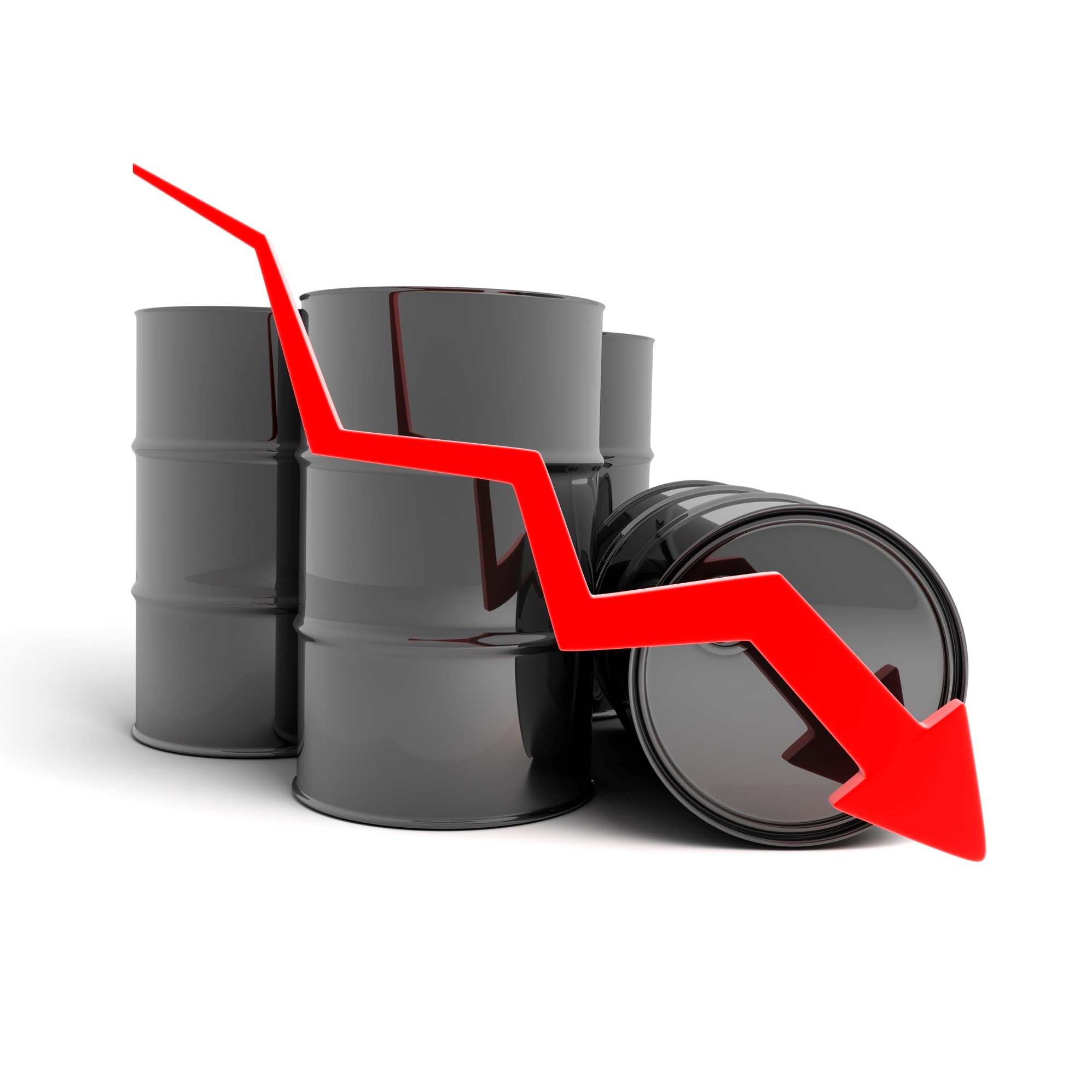Energy
Crude Oil Price Slips 2% Following IEA Report

Published:
Last Updated:

In its monthly Oil Market Report for October, released Thursday morning, the International Energy Agency (IEA) said that global crude supplies increased by 800,000 barrels per day, as OPEC supply increases more than offset non-OPEC declines. The agency also noted that OPEC supply reached an all-time high of 33.83 million barrels a day in October.
The IEA projects global demand growth of 1.2 million barrels a day for the year, unchanged from the September report. The agency noted: “After declining by [900,000] barrels a day in 2016, non-OPEC production is expected to grow by [500,000] barrels a day next year.”
Global production rose by 230,000 barrels a day in October to 97.43 million barrels a day. For the month, OPEC production reached nearly 1.3 million barrels a day more than the October 2015 level.
Commercial inventories dipped by 17.1 million barrels to 3.068 billion barrels in September with preliminary data for October indicating renewed stockpile increases. The agency note: “Stock builds could continue through 2017 if OPEC does not agree to production restraint at its forthcoming meeting in Vienna.”
While the oil market continues its rebalancing act, the IEA does not expect balance until next year:
If the OPEC countries do implement their Algiers resolution the resultant production cut will see the market move from surplus to deficit very quickly in 2017, albeit with a considerable stock overhang that will take time to deplete. On the other hand, if no agreement is reached and some individual members continue to expand their production then the market will remain in surplus throughout the year, with little prospect of oil prices rising significantly higher. Indeed, if the supply surplus persists in 2017 there must be some risk of prices falling back.
That outlook may be too optimistic. Ian Taylor, CEO of Vitol, the world’s largest trader of physical oil, said on Monday that he does not see a rebalancing in the crude market until the second half of 2017. He told a Reuters commodities conference that a cut of a million barrels a day would boost the price of crude, he’s not sure if or how OPEC members would divvy up the reductions.
The IEA report sent the price of WTI crude for December delivery down about 2% to $44.41 in electronic trading Thursday morning. Brent crude for January delivery traded down about 1.4% at $45.69 a barrel at its low point so far in this session.
Ever wanted an extra set of eyes on an investment you’re considering? Now you can speak with up to 3 financial experts in your area for FREE. By simply
clicking here you can begin to match with financial professionals who can help guide you through the financial decisions you’re making. And the best part? The first conversation with them is free.
Click here to match with up to 3 financial pros who would be excited to help you make financial decisions.
Thank you for reading! Have some feedback for us?
Contact the 24/7 Wall St. editorial team.